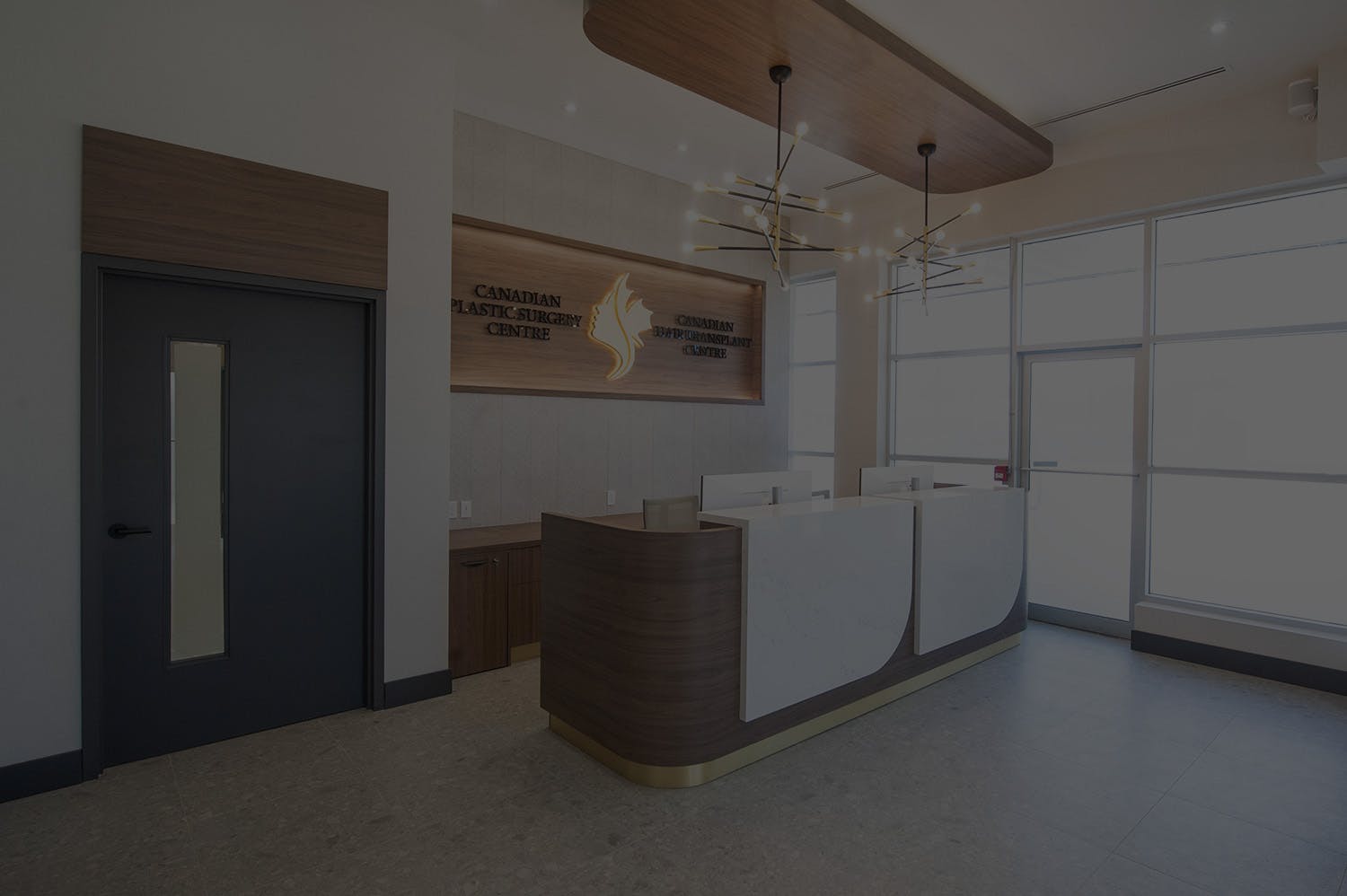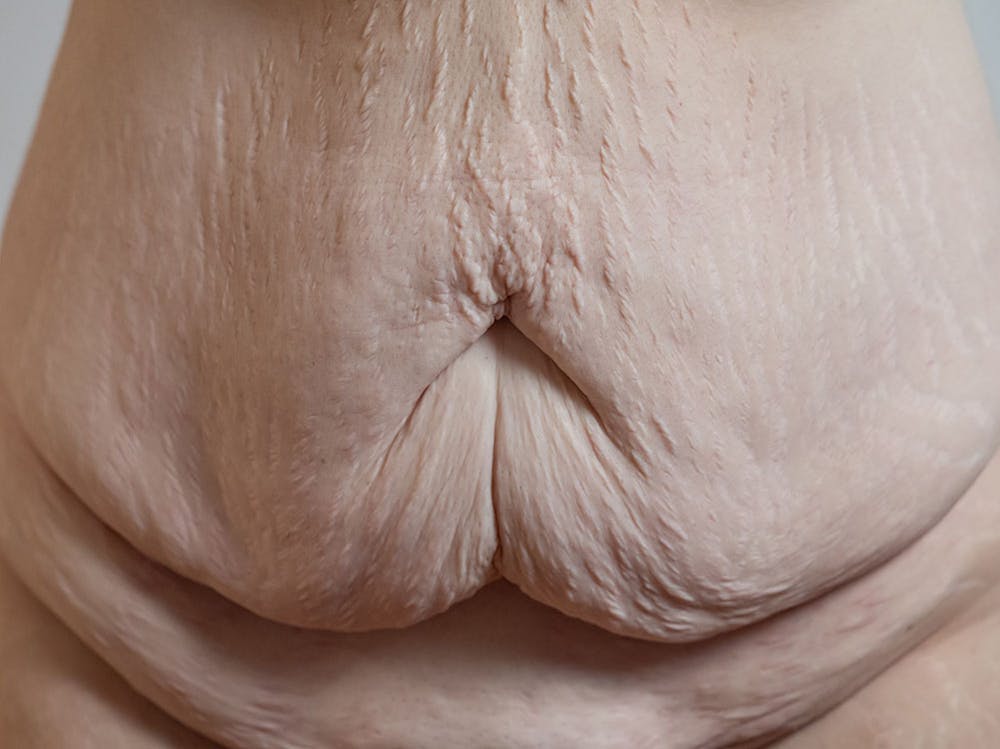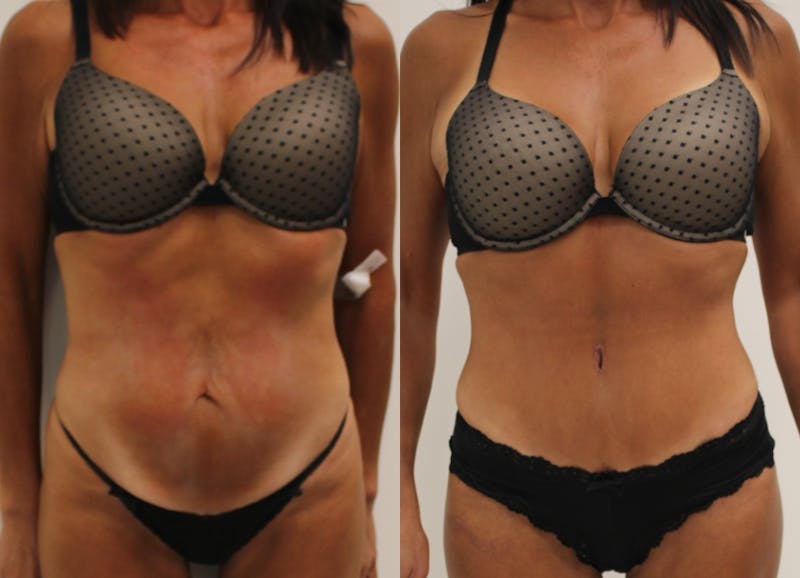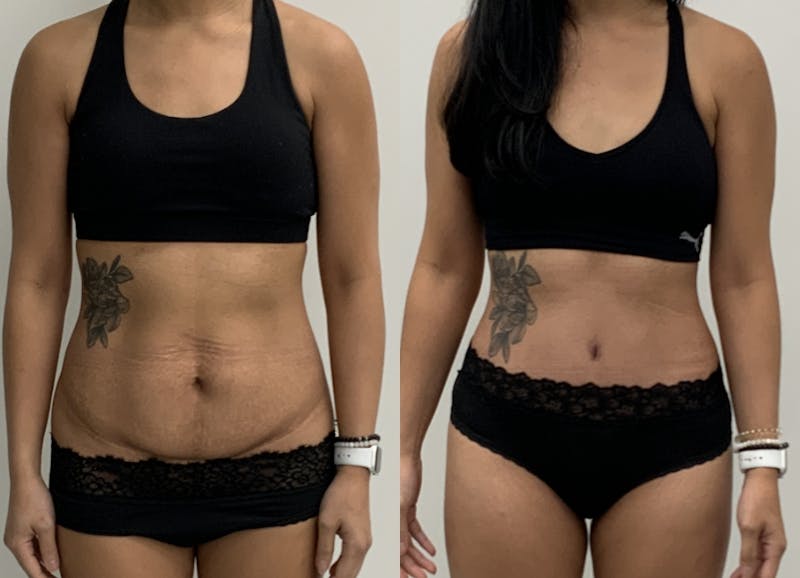Panniculectomy in Toronto, ON
Panniculectomy is a surgical procedure that involves the removal of excess skin and fat from the lower abdomen, commonly referred to as the pannus. The pannus is the apron-like flap of skin and fat that hangs over the lower abdominal area, and it can be a common issue for individuals who have lost a significant amount of weight or undergone bariatric surgery.
Schedule a complimentary consultation today!
SchedulePanniculectomy at a Glance
Length
3 to 4 hours
Anesthesia
General
In/Outpatient
Outpatient
Recovery
2 weeks off from work; 6 weeks before resuming physical activity
Cost
Starting at $7,500
What is a panniculectomy?
A panniculectomy is a reconstructive surgical procedure that removes the excess skin apron (pannus) in the lower abdominal area after significant weight loss. It differs from a tummy tuck (abdominoplasty), which is a cosmetic procedure performed for aesthetic purposes. Patients who have experienced stable weight loss for over 6 months, with skin maceration, ulceration, pain, frequent infections, back strain or other physical limitations due to their pannus may qualify for OHIP coverage.
Since a panniculectomy is a medically necessary procedure, the medically necessary aspects of the operation are covered by OHIP if you meet the criteria listed above. During the initial consultation, Dr. Chivers will evaluate you, perform a thorough examination, and review your medical history. He will determine whether the procedure can provide relief from any symptoms you are experiencing and ensure that you fully comprehend your options before proceeding.
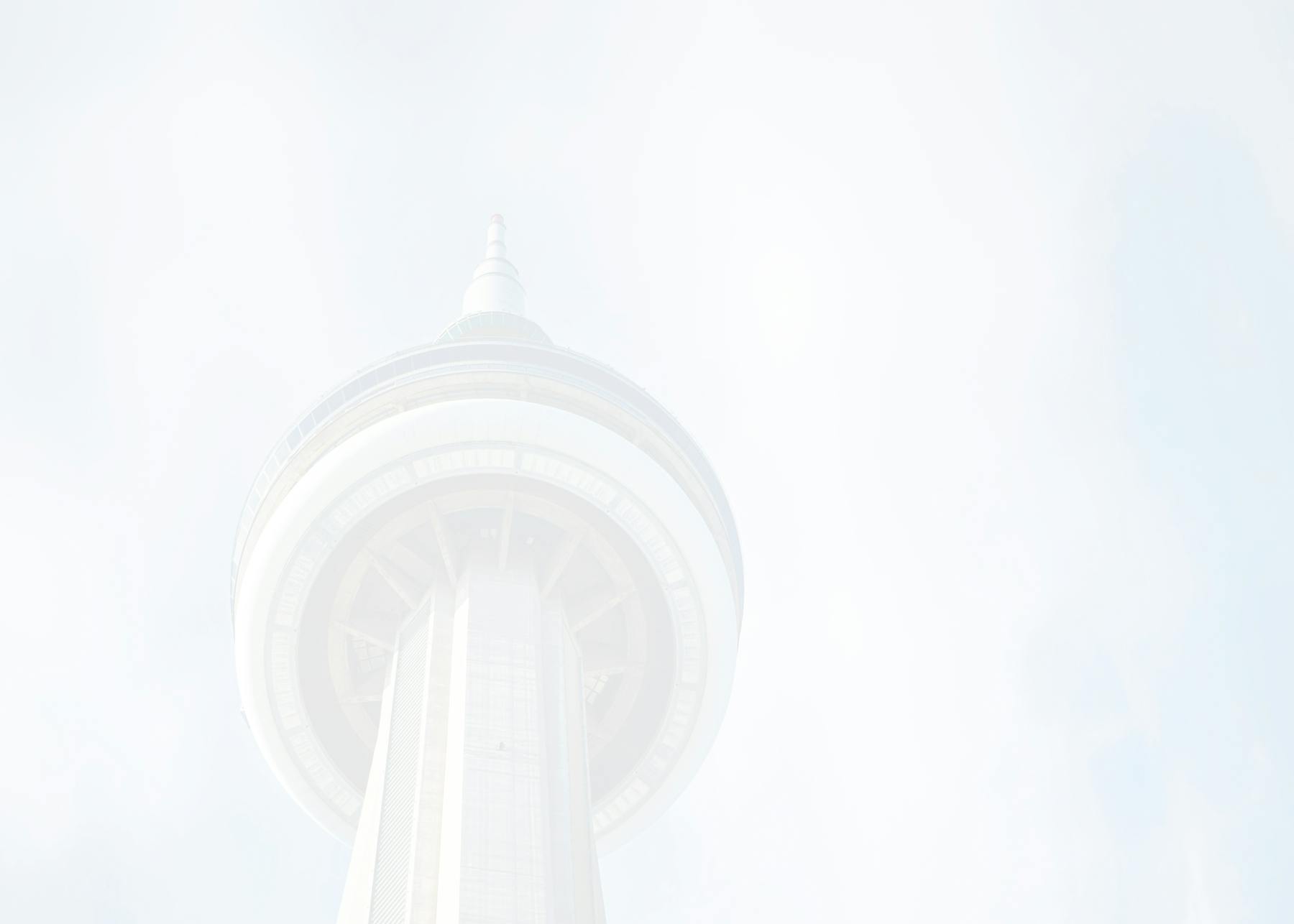
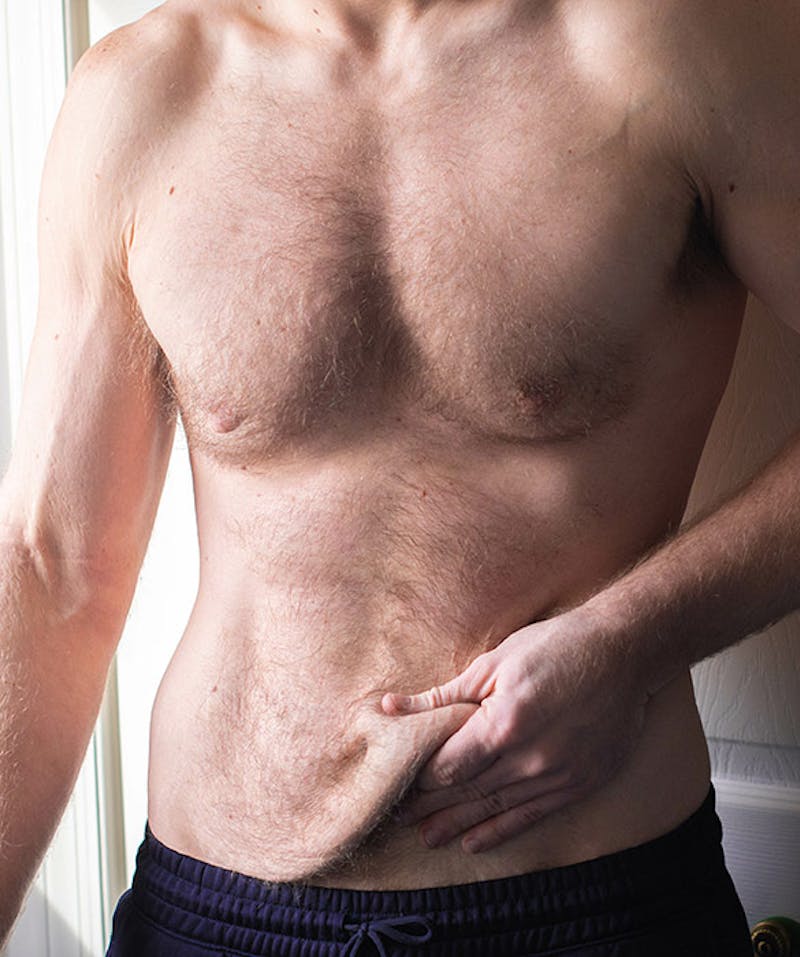
Is panniculectomy covered under OHIP?
Panniculectomies are covered by OHIP if the criteria for medical necessity are met. However, panniculectomy only addresses the lower skin flap and may result in a distorted abdomen. Patients may still have residual fat and skin flaps in the upper abdomen, protrusion of the flanks and mid-abdominal region due to diastasis rectis.
To achieve the best aesthetic outcomes, the Canadian Plastic Surgery Centre combines panniculectomy with cosmetic elements such as flank liposuction, abdominal muscle tightening, and repositioning of the belly button. These cosmetic elements are not covered by OHIP.
Panniculectomy vs. Tummy Tuck
Unlike a tummy tuck, which is a more extensive procedure that involves tightening the underlying muscles and removing excess skin and fat from the entire abdomen, a panniculectomy focuses only on the removal of the excess skin and fat from the lower abdomen, leaving the underlying muscles intact.
Panniculectomy is typically performed under general anesthesia and can take several hours, depending on the extent of the excess tissue to be removed. After the procedure, patients may experience some pain, swelling, and bruising, which can be managed with pain medication and proper rest. Recovery time can vary, but patients are usually advised to take at least a week or two off from work or other activities and avoid strenuous exercise for several weeks.

Am I a candidate for a panniculectomy procedure?
If you have undergone significant weight loss and have excess skin in your lower abdomen that is causing discomfort and interfering with daily activities, you may be a suitable candidate for panniculectomy surgery. To be considered, you should be in good health and have maintained a stable weight for at least six months. In addition, if you are experiencing medical symptoms such as irritation, chafing, rashes, open sores, or infections due to your excess skin, panniculectomy may be an option for you.
During your initial consultation with Dr. Chivers at Canadian Plastic Surgery Centre, he will evaluate your condition and determine if you are a suitable candidate for the procedure. In addition, he will discuss any cosmetic concerns you may have and provide you with all the necessary information to make an informed decision. With panniculectomy, you can achieve a more comfortable and healthier life.

Can a Panniculectomy Help with Weight Loss?
One misconception about panniculectomy is that it is a weight loss procedure. However, it is not intended for weight loss. Although some subcutaneous fat is removed during the procedure, the amount of weight lost is not significant. The primary purpose of panniculectomy is to remove the lower pannus from the abdominal area, providing relief from medical symptoms and physical restrictions caused by excess skin.
If you are looking to lose weight for health reasons, other options may be more appropriate. Bariatric surgery such as gastric bypass or gastric sleeve, or natural methods such as diet and exercise, can be effective ways to lose weight. These methods focus on reducing visceral fat within the abdominal compartment, which cannot be removed surgically. During your initial consultation, Dr. Chivers can help determine the most appropriate approach for your individual needs.
